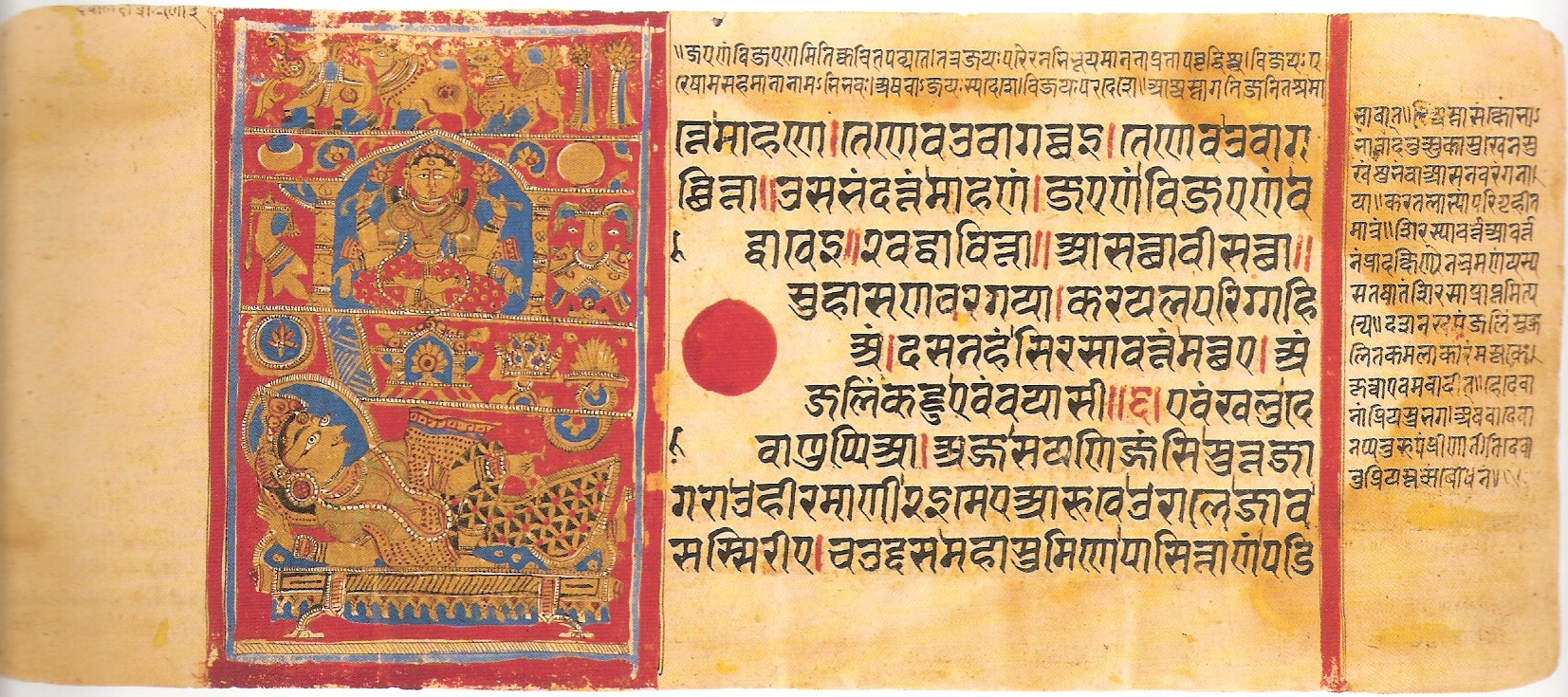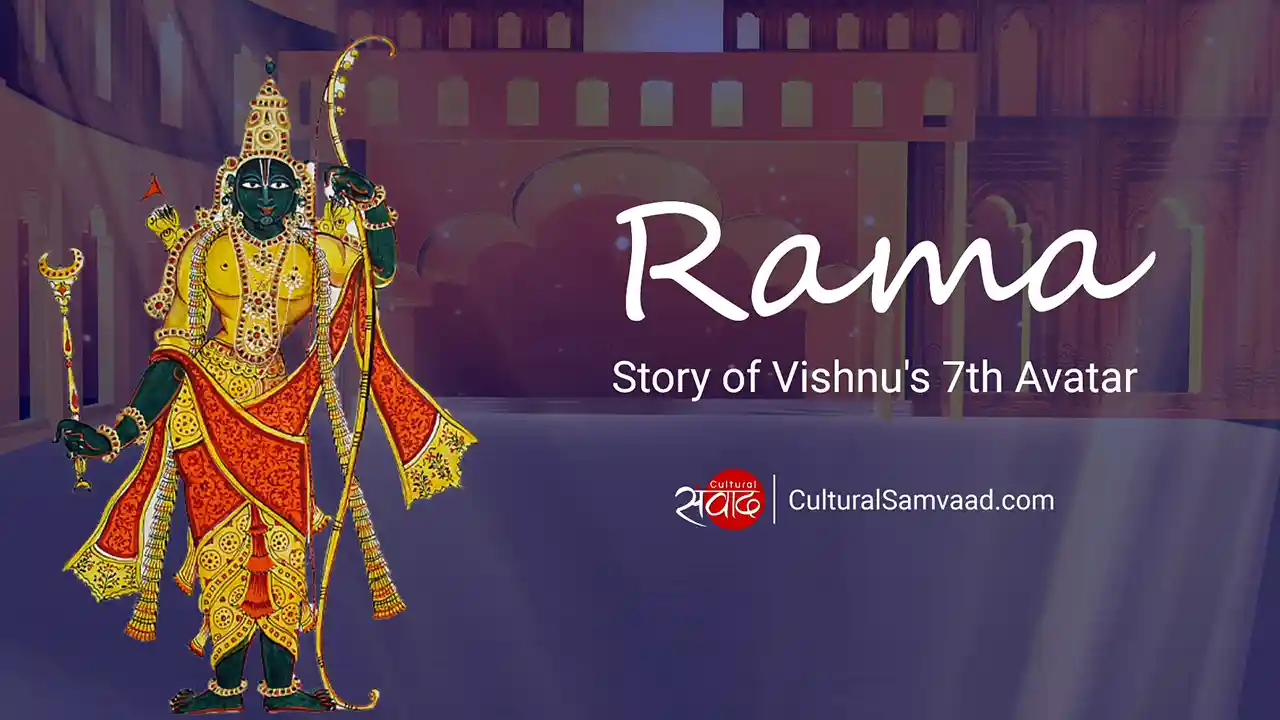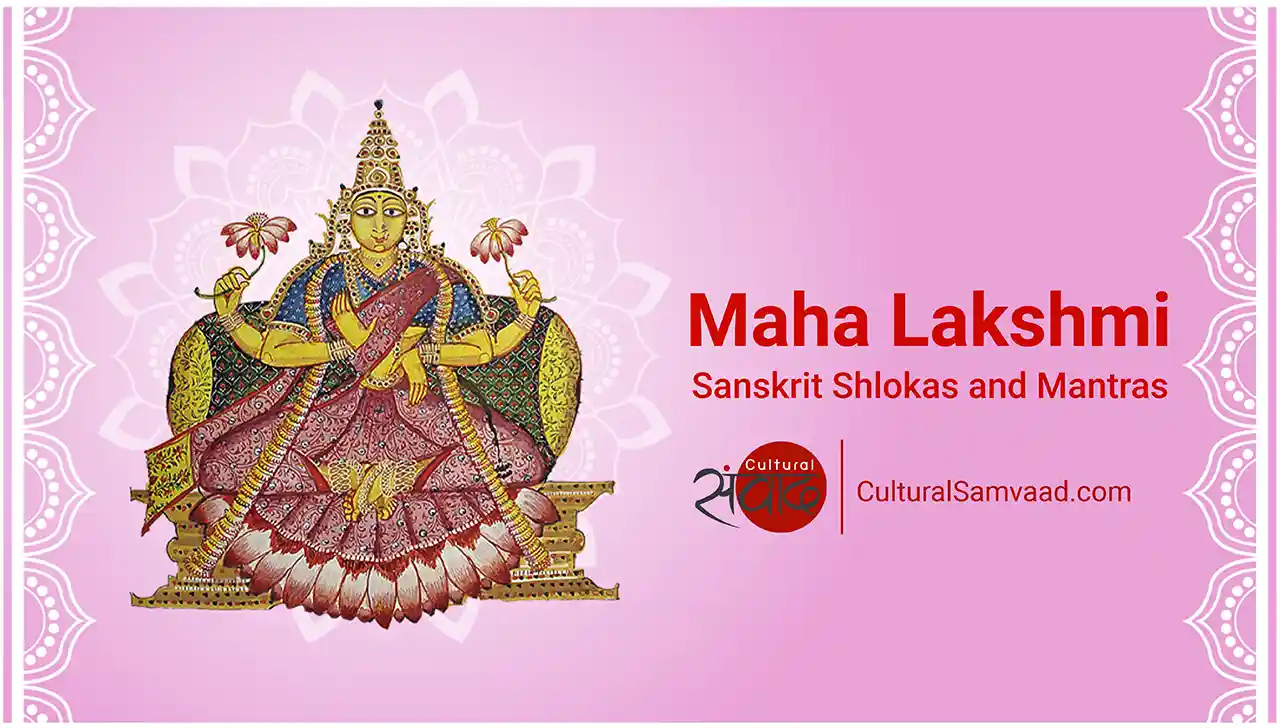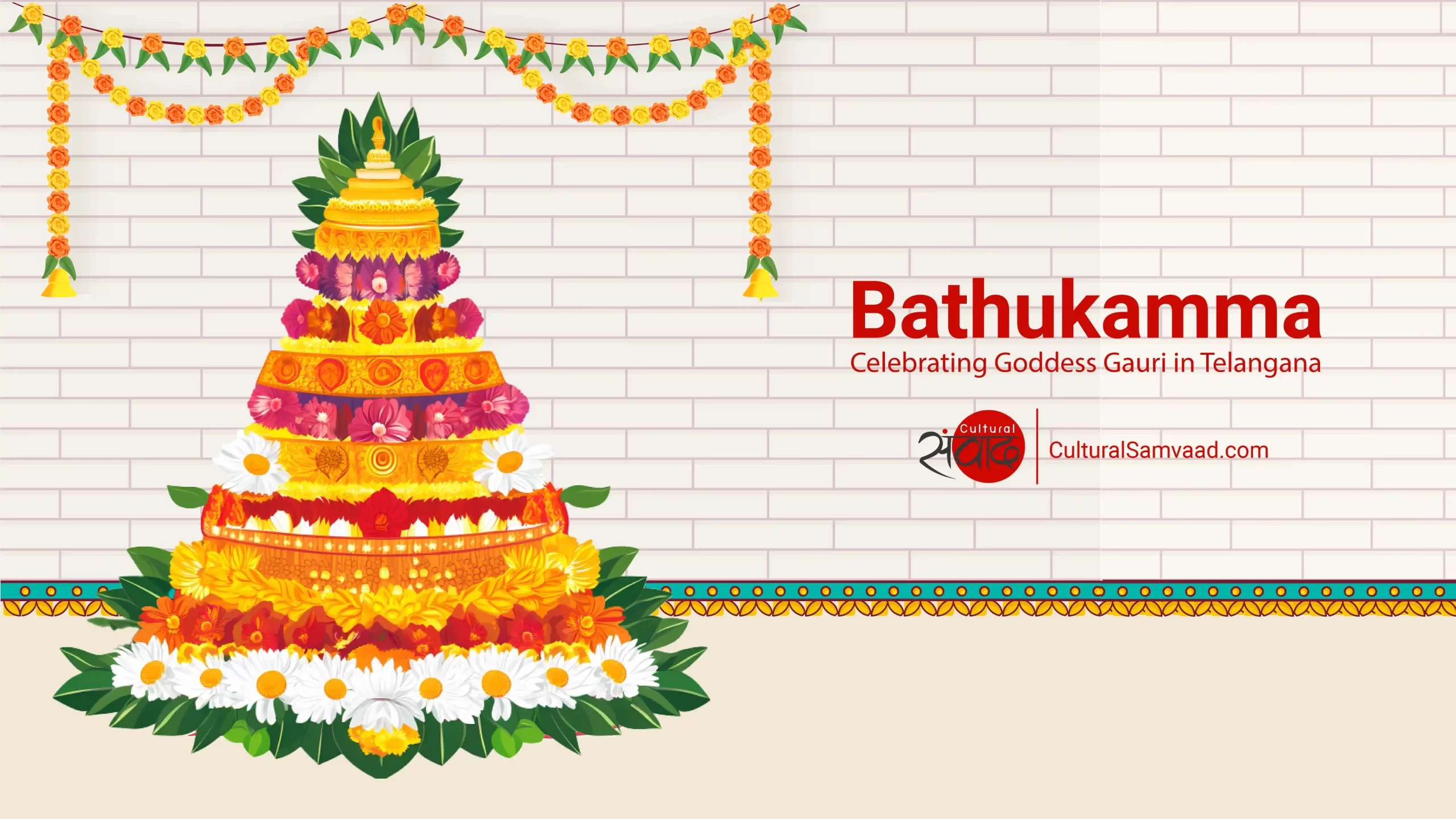One of the most important celebrations in the Jain calendar is the birth anniversary of the 24th or the last Tirthankara, Lord Mahāvira. This day is known as the Janma Kalyāṇaka of Mahavir Swami or more commonly as Mahavir Jayanti. Lord Mahavir is the most important figure for Jains today as he was the last one in this era to show the path of the Jina and establish the tirtha. Establishing a Tirtha, is fording the path across the ocean of births and rebirths in this saṁsāra.
The Birth of Mahavira
His birth occurred on the the thirteenth day of the bright half of the moon in the month of Chaitra in the year 599 BCE (Chaitra Sud 13). The texts mention his birth in the city of Kuṇḍagrām. We know today from many texts that his father, King Siddhartha probably ruled over a republic (janapada), and his kingdom was a part of a loose federation of many such city states.
The birth of Lord Mahāvira has a curious story attached to it. When he first descended from the heavens for his final birth as a human before he achieved Nirvāṇa, he was placed in the womb of a Brāhmaṇa lady named Devānandā, the wife of Ṛṣabhadatta. This was noticed by Śakra (Indra) in the heavens. The texts Kalpasutra and Triṣaṣṭi Śalākā Puruṣa, emphasize that this was not acceptable as an arhat can only be born in noble or royal or Ikṣvāku or warrior families. The embryo was thus, transferred to the womb of the kṣatriya queen Triśalā, the wife of King Siddhārtha of the Jñāta line, a descendant of Ikṣvāku. Thus, he is the only Tirthankara whose was conceived (cyavana) in the womb of one lady and was born from the womb of another.
As is common in the unusual births of all hero figures, his arrival was foretold through the means of many auspicious portends. In Jainism, they are in the form of fourteen auspicious dreams (Śvetāmbara sect) which were first seen by the Brāhmaṇa lady Devānandā and later when the embryo was transferred, by Triśalā, too. They are an elephant, bull, lion, Sri or Lakshmi being sprinkled, garland, moon, sun, flag, full pitcher, a lotus pond, ocean, celestial abode, heap of jewels and a burning flame. The Digambara sect also has a tradition of sixteen dreams which include a pair of fish and a throne.
The Life and Teachings of Mahavira

Kalpasutra – 14th Century CE
Wikimedia Commons
On this day, most temples carry out the idol of the Lord on a chariot in a procession while singing religious songs of adoration of the Lord. Most members of the community will undertake charitable activities, fast or carry out some austerities. This is also accompanied by lectures by the monks and nuns for the followers to reinforce the message of the great Lord. His life and hardships are taken as an example of forbearance and perseverance to continue on the path of enlightenment and liberation.
A point of confusion for non-Jainas is the celebration of two Mahāvira Jayantis in the same year. However, there is an important distinction between the two. The one that occurs on Caitra Sud is the day when he was actually born. The second jayanti which occurs during the holy festival of Paryuśan (normally just before the Ganpati festival) is only representational. The eight day festival is traditionally marked with the reading of the text Kalpasutra. It is on the sixth day of the festival that the paragraph pertaining to the birth of Mahāvira occurs. On this day only a symbolic celebration takes place. Many temples have an enactment of the episode.

Late 14th Century CE
Image in Public Domain
Pancha Kalyanaka (Pañca Kalyāṇaka)
For a common man, the day of the birth is the most important celebration. However, in the lives of the tirthankaras, it is but one of the pañca Kalyāṇaka. A Kalyāṇaka is an auspicious event. The five auspicious events for a tirthankara begin with the:
- Cyavana Kalyāṇaka (च्यवन): Entering of the tirthankara’s soul into the womb of his mother for the final birth before enlightenment and ultimate liberation.
- Janma Kalyāṇaka: Birth of the tirthankara.
- Dikṣā Kalyāṇaka: Renouncing of the material world and become an ascetic.
- Kevaljñāna Kalyāṇaka: The moment when the tirthankara attains enlightenment.
- Nirvāṇa Kalyāṇaka: The day when they leave the mortal body and achieve final liberation.
Mahavir Jayanti is an important day in the Indian calendar as the nation celebrates one of the greatest apostles of non-violence ever born.
List of References
- Acarya Sri Hemacandra, TriṣaṣṭiŚalākāPuruṣaCaritra Vol VI, Tr. Helen M. Johnson, Baroda, Oriental Institute, 1962.
- Bhadrabahu Swami, Kalpasutra, Tr. K. C. Lalwani, Delhi, Motilal Banarsidass, 1979 (1999).
- Dundas, Paul. The Jains, London, Routledge, 1992 (2002).
- http://www.bbc.co.uk/religion/religions/jainism/history/mahavira.shtml






Dear Hetal…
Very informative…
Very interesting…
Keep it up…
Knowledgeable, very good information ?